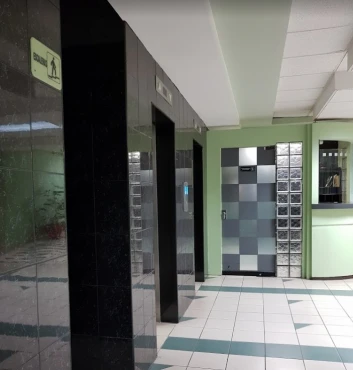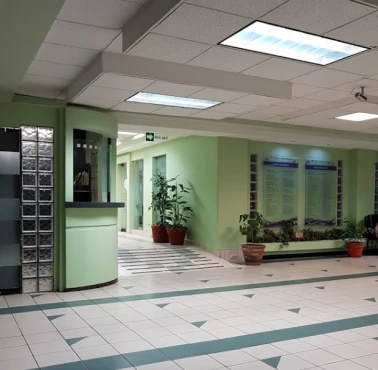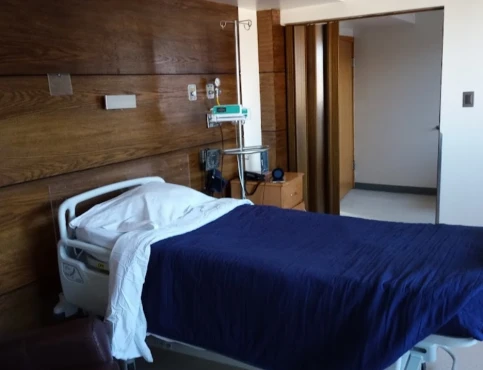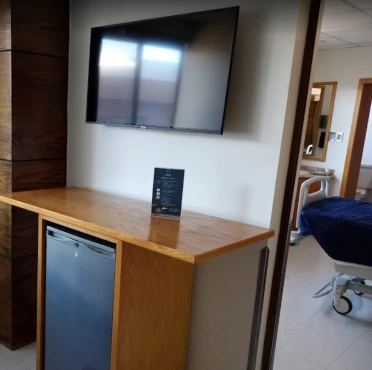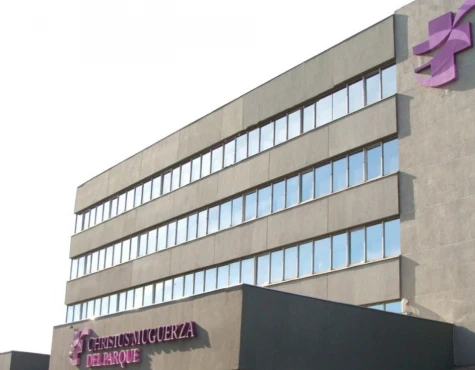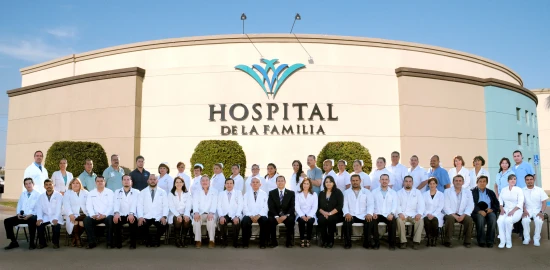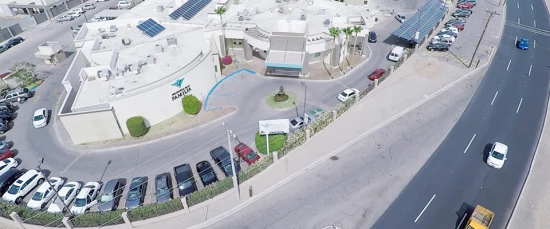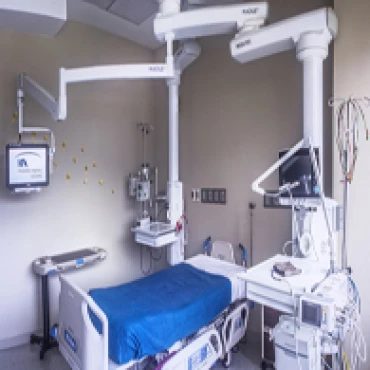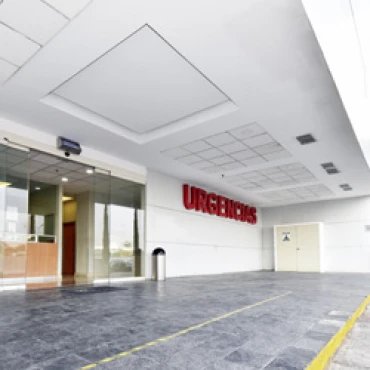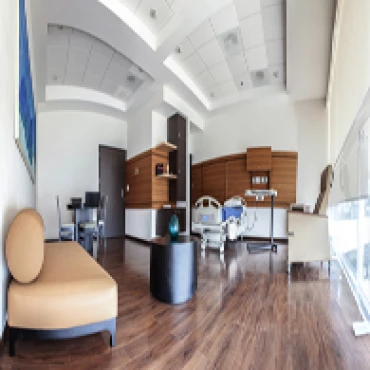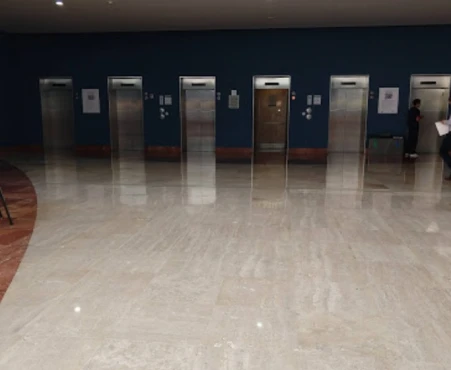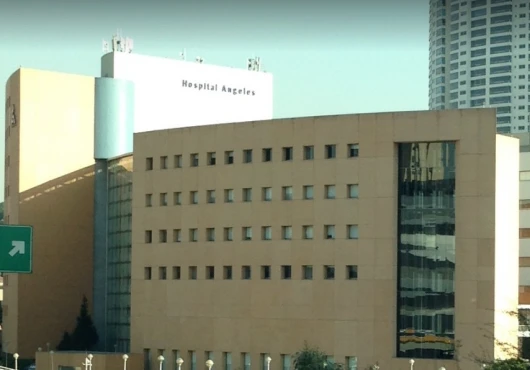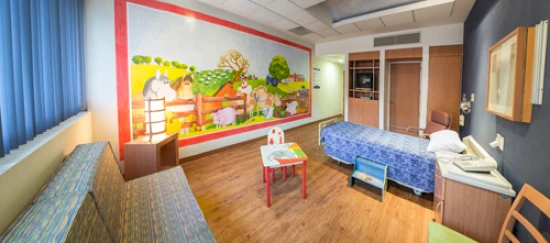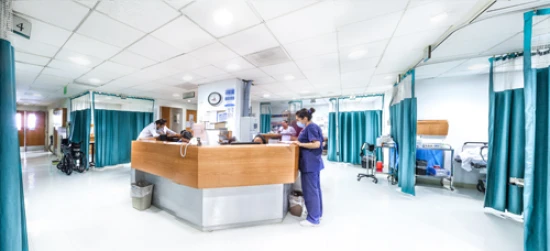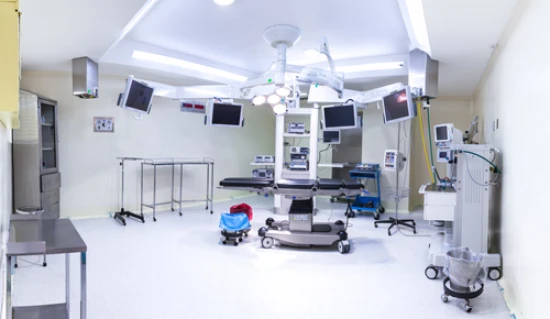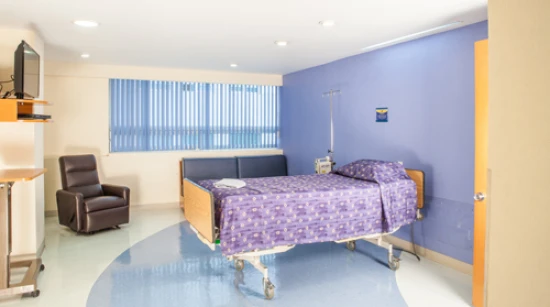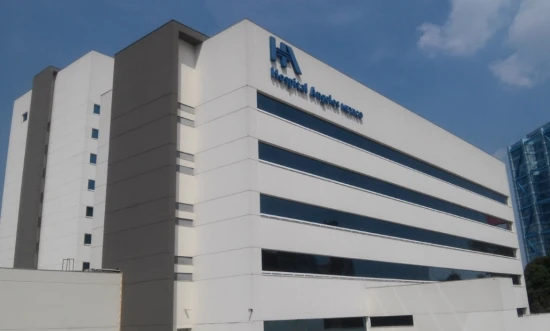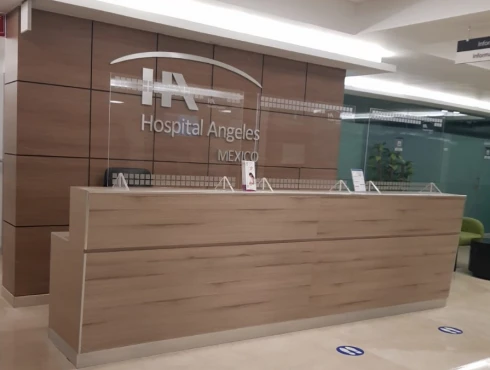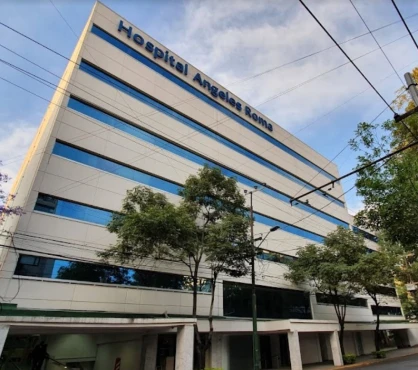Coronary artery bypass graft (CABG) in 1 Cardiac surgery clinic in Chihuahua
1 clinic specializing in Cardiac surgery providing
Coronary artery bypass graft (CABG)
CABG is a surgical procedure that involves grafting a healthy blood vessel from another part of the body to bypass a blocked or narrowed coronary artery, improving blood flow and reducing symptoms of angina.
Read more...
procedure in Chihuahua.
Besides this clinic there are 34 Cardiac surgery clinics in Mexico.
Such diseases are treated by Hospital Del Parque - Christus Muguerza: Acute ST-elevation myocardial infarction (STEMI), Acute congestive heart failure, Atherosclerosis, Coronary artery disease (CAD), Non-ST-elevation myocardial infarction (NSTEMI), and others.
-
Coronary artery bypass graft (CABG)
≈ $24,731
-
Off-pump coronary artery bypass surgery
≈ $18,368
-
Coronary catheterization
≈ $1,772
-
Renal artery angioplasty and stenting
≈ $4,458
-
Redo heart surgery
≈ $17,347
-
Intraaortic balloon pump (IABP) procedure
≈ $2,640
-
Angioplasty of the brachiocephalic vessels
≈ $3,116
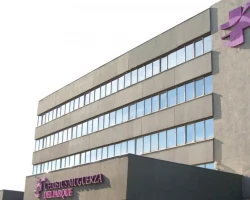
Nearby clinics in Mexico
Perhaps you should consider the following clinics we have found nearby basing on your Location, Specialization, Procedure filters applied.
-
Coronary artery bypass graft (CABG)
≈ $24,731
-
Off-pump coronary artery bypass surgery
≈ $18,368
-
Percutaneous coronary intervention (PCI) with stent insertion
≈ $7,796
-
Heart transplantation
≈ $41,248
-
Redo heart surgery
≈ $17,347
-
Intraaortic balloon pump (IABP) procedure
≈ $2,640
-
Percutaneous coronary intervention (PCI) with angioplasty
≈ $6,113
-
Fractional flow reserve (FFR)
≈ $1,020
-
Rotational atherectomy
≈ $2,104
-
Peripheral artery bypass
≈ $11,333
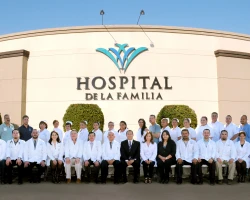
-
Coronary artery bypass graft (CABG)
≈ $24,731
-
Off-pump coronary artery bypass surgery
≈ $18,368
-
Percutaneous coronary intervention (PCI) with stent insertion
≈ $7,796
-
Coronary catheterization
≈ $1,772
-
Renal artery angioplasty and stenting
≈ $4,458
-
Carotid endarterectomy (CEA)
≈ $6,066
-
Carotid angioplasty and stenting
≈ $7,102
-
Redo heart surgery
≈ $17,347
-
Intraaortic balloon pump (IABP) procedure
≈ $2,640
-
Percutaneous coronary intervention (PCI) with angioplasty
≈ $6,113

-
Coronary artery bypass graft (CABG)
≈ $24,731
-
Off-pump coronary artery bypass surgery
≈ $18,368
-
Percutaneous coronary intervention (PCI) with stent insertion
≈ $7,796
-
Coronary catheterization
≈ $1,772
-
Renal artery angioplasty and stenting
≈ $4,458
-
Heart transplantation
≈ $41,248
-
Redo heart surgery
≈ $17,347
-
Intraaortic balloon pump (IABP) procedure
≈ $2,640
-
Percutaneous coronary intervention (PCI) with angioplasty
≈ $6,113
-
Fractional flow reserve (FFR)
≈ $1,020

-
Coronary artery bypass graft (CABG)
≈ $24,731
-
Off-pump coronary artery bypass surgery
≈ $18,368
-
Coronary catheterization
≈ $1,772
-
Renal artery angioplasty and stenting
≈ $4,458
-
Redo heart surgery
≈ $17,347
-
Angioplasty of the brachiocephalic vessels
≈ $3,116
-
Peripheral artery bypass
≈ $11,333
-
Aortoiliac allografting
≈ $15,039
-
Femoral-popliteal bypass graft surgery
≈ $8,287
-
Renal artery bypass surgery
≈ $9,509
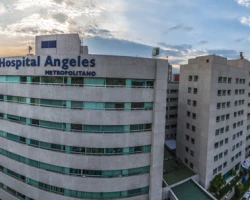
-
Coronary artery bypass graft (CABG)
≈ $24,731
-
Off-pump coronary artery bypass surgery
≈ $18,368
-
Coronary catheterization
≈ $1,772
-
Renal artery angioplasty and stenting
≈ $4,458
-
Redo heart surgery
≈ $17,347
-
Angioplasty of the brachiocephalic vessels
≈ $3,116
-
Peripheral artery bypass
≈ $11,333
-
Aortoiliac allografting
≈ $15,039
-
Femoral-popliteal bypass graft surgery
≈ $8,287
-
Renal artery bypass surgery
≈ $9,509
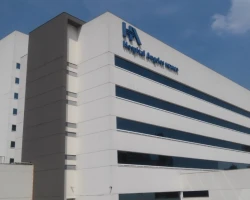
-
Coronary artery bypass graft (CABG)
≈ $24,731
-
Off-pump coronary artery bypass surgery
≈ $18,368
-
Percutaneous coronary intervention (PCI) with stent insertion
≈ $7,796
-
Coronary catheterization
≈ $1,772
-
Renal artery angioplasty and stenting
≈ $4,458
-
Carotid endarterectomy (CEA)
≈ $6,066
-
Carotid angioplasty and stenting
≈ $7,102
-
Redo heart surgery
≈ $17,347
-
Intraaortic balloon pump (IABP) procedure
≈ $2,640
-
Percutaneous coronary intervention (PCI) with angioplasty
≈ $6,113
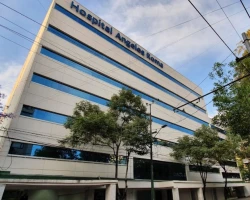
Procedure price distribution in Chihuahua
Coronary artery bypass graft (CABG):
Procedure prices in popular countries:
Coronary artery bypass graft (CABG):
Countries with the highest number of clinics offering the procedures treatment:
Coronary artery bypass graft (CABG):
Quick navigation
- Balloon angioplasty and stenting of aorta coarctation ≈ $9,661
- Cardiac catheterization ≈ $2,376
- Coil embolization of intracardiac shunts and fistulas ≈ $4,461
- Heart tumor surgery ≈ $14,625
- Intraaortic balloon pump (IABP) procedure ≈ $2,663
- Left atrial appendage occlusion ≈ $9,741
- NobleStitch™ PFO closure procedure by request
- Open-heart intracardiac foreign body removal ≈ $17,470
- Patent ductus arteriosus (PDA) open heart surgery in adults ≈ $5,843
- Percutaneous ASD closure ≈ $9,812
- Percutaneous closure of ventricular septal defect (VSD) ≈ $10,097
- Rashkind procedure ≈ $8,343
- Surgery for tetralogy of Fallot (TOF) in adults ≈ $10,180
- Surgical ventricular restoration (SVR) ≈ $13,911
- Transcatheter closure of patent ductus arteriosus (PDA) in adults ≈ $8,468
- Ventricular septal defect (VSD) repair ≈ $16,709
- Acute congestive heart failure
- Aortic valve insufficiency
- Aortic valve stenosis
- Arteriosystemic venous (AV) shunts
- Atrial fibrillation (AFib)
- Coarctation of the aorta (CoA)
- Coronary-pulmonary arterial fistula
- Left-sided heart failure
- Low cardiac output syndrome (LCOS)
- Major aortopulmonary collateral arteries (MAPCAs)
- Mitral valve insufficiency
- Mitral valve stenosis
- Multivalvular disease
- Myocardial infarction (MI)
- Papillary muscle rupture
- Patent foramen ovale (PFO)
- Tricuspid valve insufficiency
- Tricuspid valve stenosis
- Valvular insufficiency
- Ventricular septal rupture (VSR)
